2025年4月9日,beat365建築學碩士英文項目(EPMA)2024級學生在課程教學安排下,前往北京首鋼園進行實地調研,深入了解該區域在後工業時代背景下的城市更新策略與空間轉型路徑。
On 9 April 2025, students of the English Program for Master in Architecture (EPMA), Class of 2024, from the School of Architecture at Tsinghua University, conducted a field study at Beijing Shougang Park. The visit aimed to explore the urban regeneration strategies and spatial transformation of the area in the context of the post-industrial era.
首鋼園原為北京市的重要鋼鐵工業基地,自2005年啟動搬遷以來,通過工業遺産保護、功能置換與大型事件引導,逐步轉型為集文化、生态、體育、商業等功能于一體的綜合性城市公共空間。
Originally one of Beijing's major steel production zones, Shougang began its relocation in 2005. Since then, it has undergone a comprehensive transformation into a multifunctional public space integrating culture, ecology, sports, and commerce, guided by industrial heritage preservation and large-scale event planning.
在任課教師劉健教授的帶領下,同學們依次參觀了三高爐、北區六工會、群名湖、首鋼高線公園以及香格裡拉酒店等首鋼園重要節點,現場感受工業遺存與當代設計理念融合的典範案例。
Under the guidance of Professor Liu Jian, the instructor of the course, the students visited key sites across the park, including the No. 3 Blast Furnace, North District Sixth Workers’ Union Hall, Qunming Lake, Shougang Highline Park, and the Shangri - La Hotel. They gained direct experience of exemplary projects where industrial heritage meets contemporary design thinking.
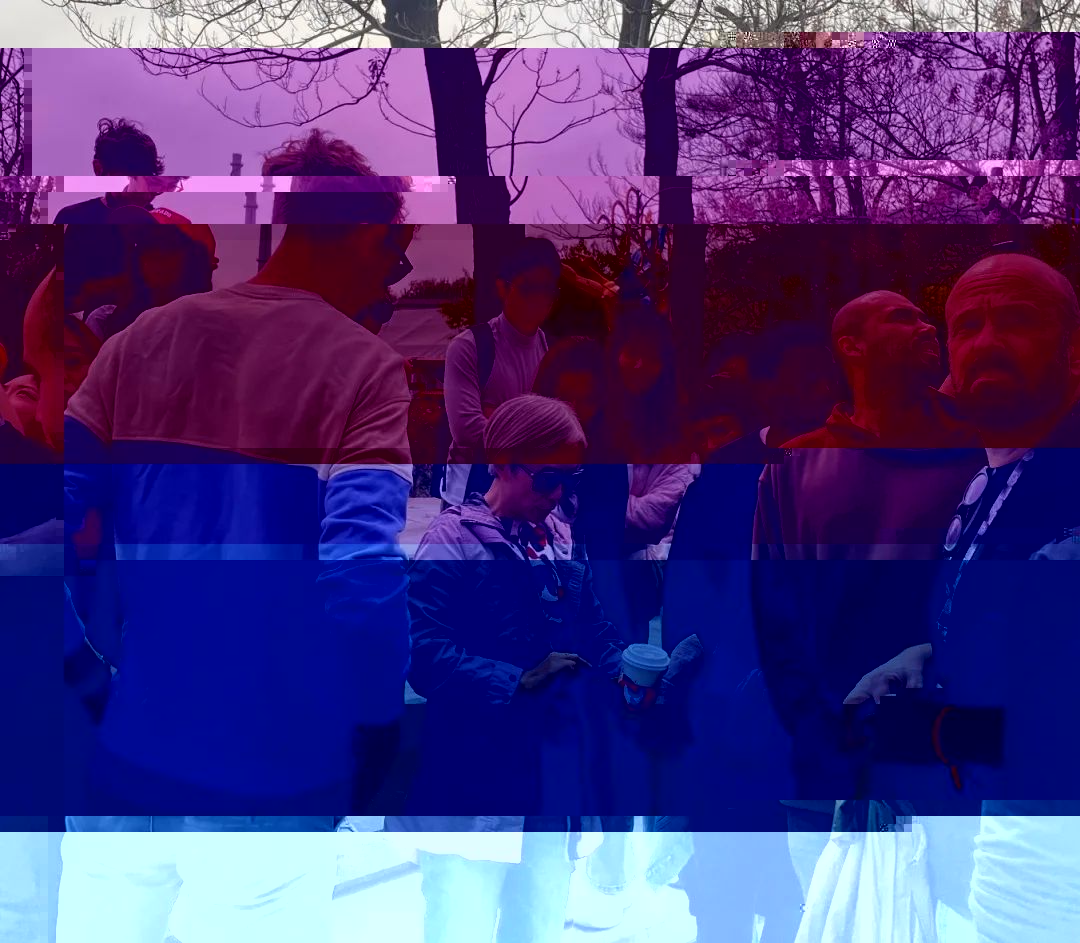
在三高爐區域,同學們了解了大型工業構築物的再利用路徑及其在文化創意空間中的角色轉變,深入探讨如何在保留工業肌理的同時激活公共空間活力。At the No. 3 Blast Furnace site, students learned about the adaptive reuse of massive industrial structures and their transformation into cultural and creative venues. They also deeply discussed how to balance the preservation of industrial textures with the activation of public space vitality.
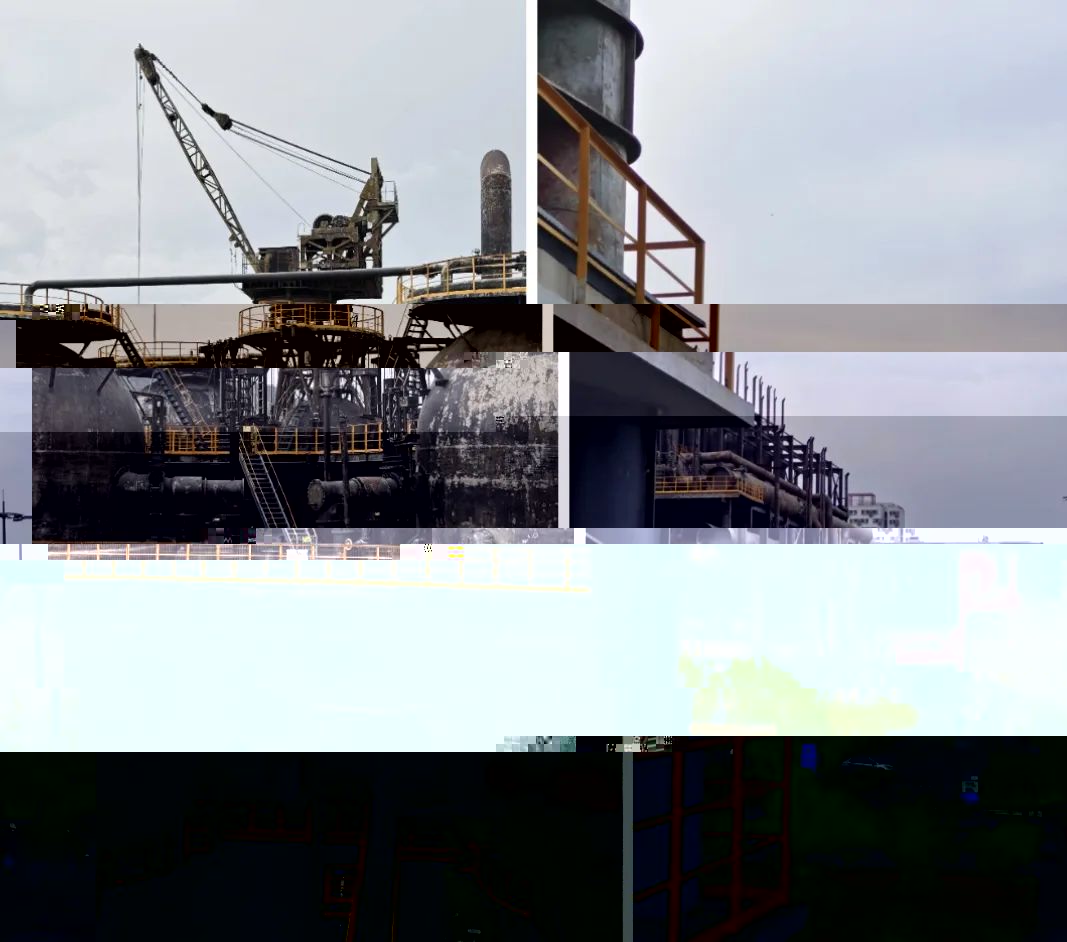
在北區六工會舊址,同學們觀察了工業遺産中如何植入新的功能,通過空間組織與材料更新實現曆史延續與現代融合。
At the former Sixth Workers’ Union Hall in the North District, students observed how new functions were integrated into existing structures. Historical continuity was achieved through spatial reorganization and material renewal, realizing the integration of history and modernity.
群名湖區域展示了首鋼園在生态修複與景觀再造方面的實踐成果,湖區成為工業區轉型後人與自然對話的重要界面。
The Qunming Lake area showcased the park’s ecological restoration and landscape renewal efforts. The lake area has become an important interface for dialogue between humans and nature after the transformation of the industrial area.
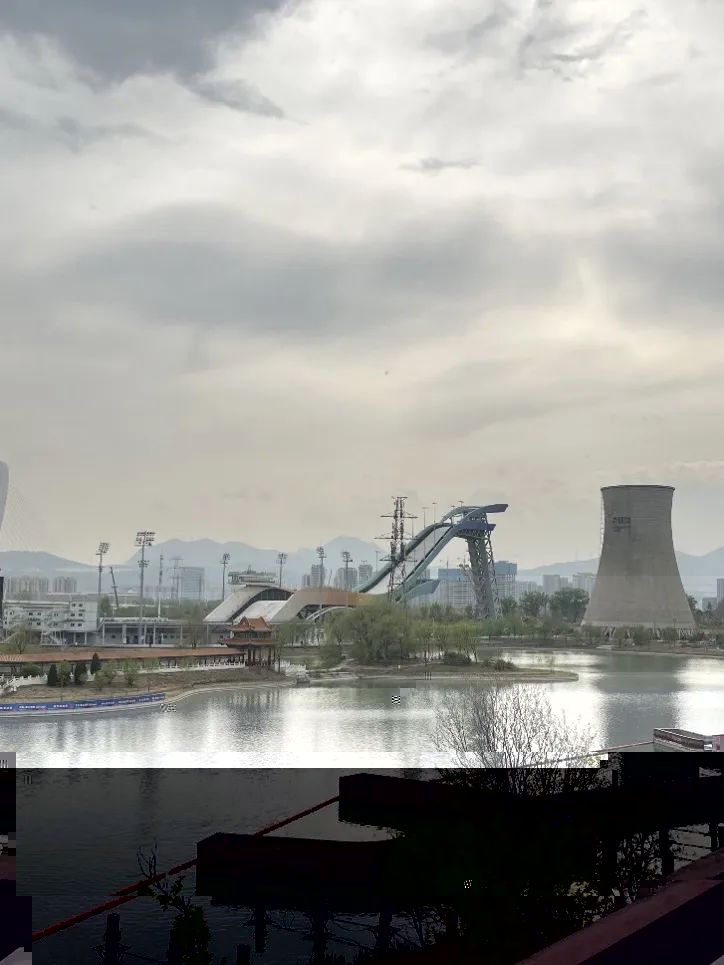
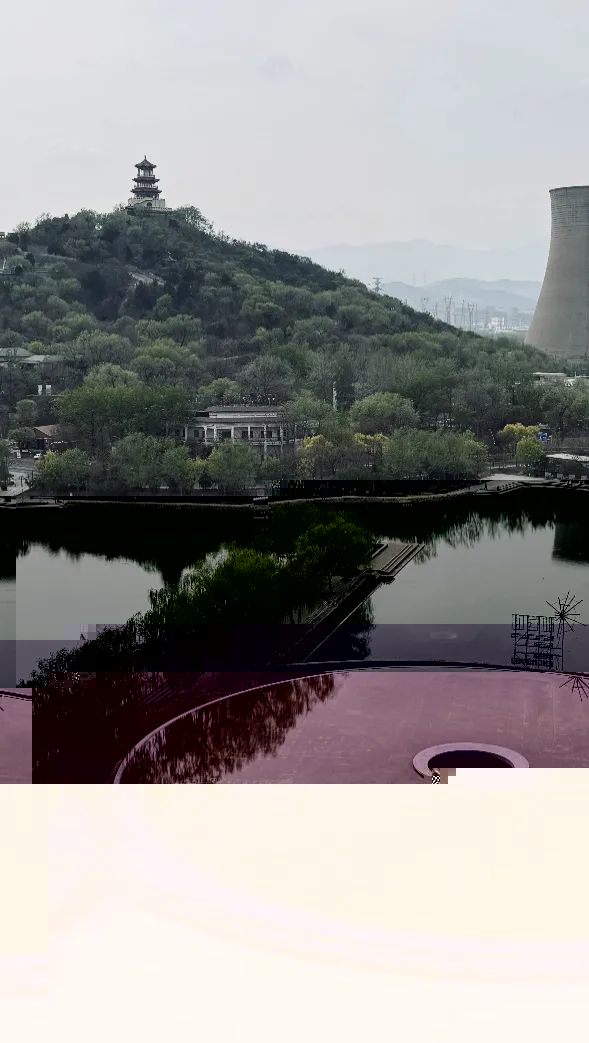
首鋼高線公園作為園區最新的公共空間之一,依托原有高架皮帶通廊打造空中綠廊,為園區提供了垂直維度的公共體驗,也體現了“存量空間+綠色再生”的創新設計策略。
As one of the latest public spaces in the park, Shougang Highline Park creatively transformed the former elevated conveyor corridors into green pedestrian walkways. It provides a vertical public experience for the park and also embodies the innovative “stock space + green regeneration” design strategy.
最後,學生們參觀了由首鋼熱力電廠改造而成的香格裡拉酒店,項目保留原有結構體系,并以精緻的室内設計回應鋼鐵建築的粗犷美學,展現綠色可持續與工業記憶的深度融合。
The final stop was the Shangri - La Hotel, converted from the former Shougang power plant. The project retained the original structural system and used exquisite interior design to echo the rugged aesthetics of steel architecture, demonstrating the deep integration of green sustainability and industrial memory.
此次調研不僅增強了同學們對城市更新與空間再利用的認識,也深化了國際學生對北京城市發展演進、工業文化保護與綠色轉型實踐的理解。
This visit deepened students’ understanding of urban renewal and spatial reuse, and offered international students valuable insights into Beijing’s urban evolution, industrial heritage preservation, and green transformation strategies.
學生感想 | Students’ Feedback
Wong Wei Li 王維莉 (Malaysia)
去年我曾和朋友遊覽首鋼園,但隻是走馬觀花地欣賞工業風建築。此次随老師參觀首鋼園,讓我對這片工業遺址有了全新的認識。讓我震撼的是首鋼園對工業遺産的創造性改造,既保留了工業時代的厚重感,又注入了科技、文化與藝術的活力。首鋼園的轉型讓我領悟到真正的城市更新,是在傳承中創新,讓曆史與現代和諧共生。這次調研讓我對工業遺産保護與城市可持續發展有了更深刻的理解。
Last year, I visited Shougang Park with friends, but we merely strolled through it. This time, visiting the park with our teacher gave me a completely new perspective on this industrial heritage site. What truly amazed me was the creative transformation of the park’s industrial legacy. It not only preserves the grandeur of the industrial era but also breathes new life into it through technology, culture and art. The transformation of the park made me realize that true urban renewal lies in innovating through heritage, allowing history and modernity to coexist in harmony. This field study deepened my understanding of industrial heritage preservation and sustainable urban development.
Wasin Hemachartwiroon 吳森 (Thailand)
作為城市規劃課程的一部分,我有幸前往北京首鋼園參觀,這次經曆讓我深刻認識到了理論構想與現實世界中實際幹預措施之間的聯系。看到一座舊鋼鐵廠如何被改造為一個展現工業、文化與生态之間關系的城市空間,這非常有意義。這讓我深入了解到在适應性再利用和可持續再生的理念中所存在的複雜層面。這次參觀也進一步強化了一個重要的理念,即在保護舊場所的重要意義與接納新發展或推動其演變之間實現平衡——這在城市更新項目中是一項重要的認知。我看到了建築、景觀和公共活動規劃如何相互融合,重新塑造場所身份和空間營造,從而創造出一個具有凝聚力、包容性且多功能的環境。在這種情況下,走出課堂進行實地學習尤為重要,因為它加深了我對特定場地空間的理解,為我們在課堂上讨論過的一些既有規劃概念增添了實際背景。實地參觀一個地方還豐富了學術細節,因為它調動了感官,使我對城市區域形成了全面的認識。
Having the opportunity to travel to Beijing Shougang Park as part of an Urban Planning course opened my eyes to understanding the relationship between theoretical ideas and the implementation of interventions in the real world. It was valuable to see how an old steel plant was adapted into an urban place that communicates the relationship between industry, culture, and ecology, which gave me an insight into the layers of complexity that exist within the notion of adaptive reuse and sustainable regeneration. This trip also reinforced the important lesson of achieving harmony between preserving the significance of old places and accommodating or evolving to new developments—an important understanding in urban renewal project. I saw how architecture, landscape, and public programming can come together to re-imagine identity and place-making that generates a cohesive, inclusive, and multi-use environment. In this case, studying outside the classroom was particularly important, as it enhanced my understanding of space for a particular site, added context to several expired planning concepts we had discussed in lectures. Touring a place with field visits also enriches academic details because it appeals to the senses and forms a complete view of urban areas.
Adeliia Shaisultanova 戴麗 (Russia)
參觀首鋼園是一次鼓舞人心的經曆,讓我得以見證一個曾經的工業區是如何被重新構想,變成一個充滿活力的城市空間。這個場地及其設施的龐大規模令我震驚——我從未見過如此大規模的棕地再開發項目。我們那次難忘的攀登三高爐之行,讓我不禁思索這些工業建築結構以及其背後的建造邏輯。而站在高爐頂部,那令人驚歎的景色映入眼簾:山上的一座寶塔和一個巨大的蓄水池。參觀香格裡拉酒店則進一步加深了我對這個場地的印象,它無疑是另一個成功的再開發項目。酒店大堂内綠意盎然,光線充足、空氣流通,将原始的工業元素與現代材料無縫地融合在了一起。總的來說,老師的見解幫助我梳理了這些所見所聞,也凸顯了實地考察在建築學教育中無可替代的價值。
The visit to Shougang was an inspiring opportunity to witness how a former industrial zone had been reimagined into a dynamic urban space.I was struck by the sheer scale of the site and its objects—I've never seen a brownfield redevelopment of such magnitude.Our memorable climb to the ‘San Gao’ furnace left me pondering the industrial structures and the logic behind their construction, while the breathtaking view from the top revealed a pagoda on a hill and a vast water reservoir. The visit to the Shangri-La Hotel further deepened my impression of the site as another successful redevelopment project, where the lobby bursts with greenery and breathes with light and air, seamlessly merging raw industrial elements with modern materials. Overall, our teacher’s insights helped frame these observations and underscored the irreplaceable value of site visits in architecture education.
Hu Yue 胡玥 (Canada)
首鋼園的實地調研讓我對“空間再利用”有了新的理解。相比單純的新建,這種基于工業遺産的更新保留了城市記憶,也創造了新的社會和文化價值。在參觀過程中,我尤其被那些将舊結構轉化為公共空間的設計細節打動,這種轉變不僅是物理空間的改造,更是城市身份的重塑。此次經曆讓我思考建築師在時代轉型中的責任,以及我們在面對存量城市時應如何以創造性的方式回應未來的需求。
The field visit to Shougang Park reshaped my understanding of spatial reuse. Compared to buildings from scratch, this transformation grounded in industrial heritage preserves the city’s memory while generating new cultural and social value. I was especially impressed by how the old structures were thoughtfully converted into public spaces—this shift represents more than just a physical change; it is a redefinition of urban identity. This experience made me reflect on the architect’s role during times of transformation and how we can creatively respond to future needs within the context of existing cities.
Andrew Wilson 威爾柱 (United States)
在我們參觀首鋼園的過程中,我了解到了中國城市曆史中兩個有趣的方面:中國的曆史工業遺産,以及像首鋼園這樣的場地在被改造成文化和商業園區時所采用的現代保護方式。這些地方通過為當地人和遊客打造令人興奮的體驗式目的地,融入到了城市的肌理之中。這次參觀中我最喜歡的時刻是我們爬上那座高大的高爐建築,真切感受到了它的宏偉規模,同時還欣賞到了周圍城市和山脈的壯麗景色。
During our visit to Shougang I learned about two interesting aspects of China's urban history — the historic industrial heritage of China, and the modern approach to preserving sites like Shougang as culture and commercial parks. These places fit into the urban fabric both by creating exciting experiential destinations for locals and tourists alike. My favorite moment from the visit was when we climbed the high furnace structure and got the sense of scale, and the spectacular views of the surrounding city and mountains.
Cristian Fernandez Yepez 歐陽磊 (Ecuador)
對首鋼園區的實地考察極具價值,讓我們得以親身了解工業空間應如何改造,以實現可持續的城市未來。曾經污染嚴重的鋼鐵廠區如今變身為充滿活力的公共文化中心,這一轉變着實令人贊歎,堪稱富有前瞻性的改造典範。與此同時,它也促使我們對工業轉型所面臨的更重大挑戰進行思考。首鋼園展示了城市如何将曆史遺産與現代元素相融合,其成功也提醒着我們,鋼鐵、采礦等全球産業在經濟增長與生态責任之間,仍存在尚未解決的矛盾。随着世界各地湧現出類似的項目,首鋼園的故事不僅能為城市更新帶來啟發,還能推動重工業自身在實現更可持續發展方面進行更深入的創新,确保一個地方的發展進步不僅能為當地,也能為其他地區的問題解決貢獻力量。
The site visit to Shougang District was incredibly valuable, offering firsthand insight into how industrial spaces can be reinvented for sustainable urban futures. The transformation of this once-polluted steel complex into a dynamic public and cultural hub is truly impressive—a model of visionary regeneration. At the same time, it invites reflection on the larger challenges of industrial transitions. While Shougang Park demonstrates how cities can harmonize heritage with modernity, its success also reminds us that global industries—like steel and mining—still face unresolved tensions between economic growth and ecological responsibility. As similar projects emerge worldwide, Shougang’s story could inspire not just urban renewal, but also deeper innovation in making heavy industry itself more sustainable, ensuring progress in one place contributes to solutions not just locally, but across borders.




